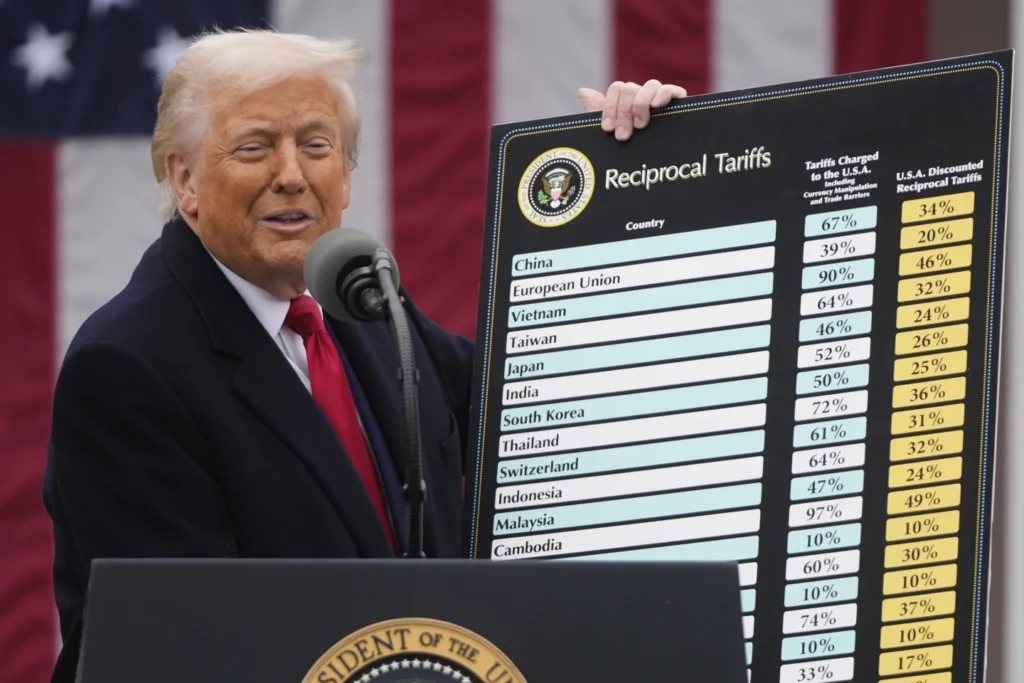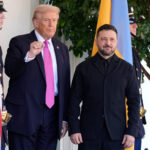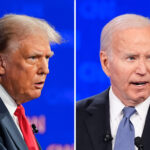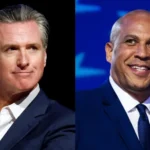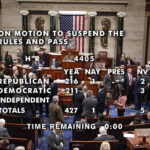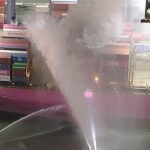Federal Appeals Court Challenges Trump Tariff Powers/ Newslooks/ WASHINGTON/ J. Mansour/ Morning Edition/ Federal appellate judges expressed doubt over President Trump’s legal basis for imposing sweeping tariffs without congressional approval. The administration invoked emergency powers under the 1977 IEEPA, prompting legal and constitutional concerns. The case is likely headed to the Supreme Court as tariff tensions grow.
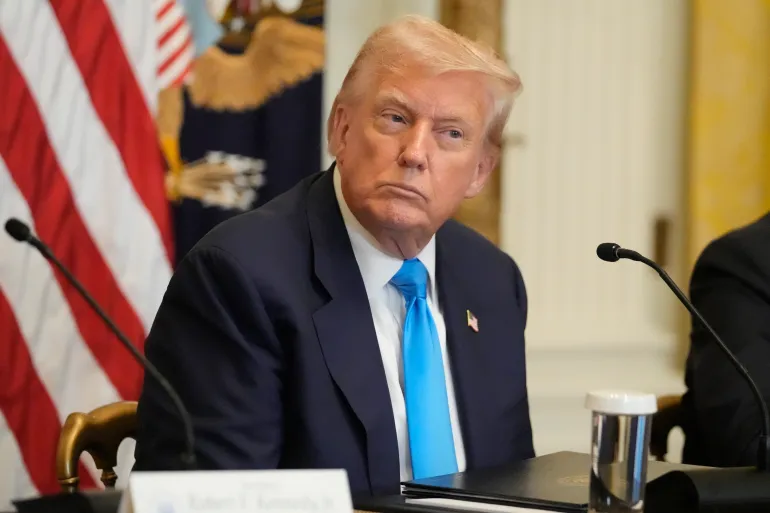
Trump Tariff Authority Challenge Quick Looks
- Federal judges questioned Trump’s use of emergency powers to impose tariffs.
- Trump invoked the International Emergency Economic Powers Act (IEEPA), passed in 1977.
- The 11-judge appeals panel was skeptical the law covers tariffs.
- The move was part of Trump’s April 2 “Liberation Day” tariff rollout.
- A lower court already ruled Trump exceeded his authority.
- Plaintiffs include 12 states and five businesses affected by tariffs.
- Judges challenged whether tariffs address national security threats Trump cited.
- Trump responded on Truth Social, defending the tariffs as vital.
- Legal experts say the issue could be settled by the Supreme Court.
- Trump’s tariff actions have pushed average U.S. tariffs to 18% — the highest since 1934.
Federal Appeals Court Challenges Trump Tariff Powers
Deep Look
President Donald Trump’s sweeping use of tariffs under his administration’s trade policy is now facing a major judicial test, as federal appellate judges expressed deep skepticism over his legal authority to unilaterally impose import taxes on foreign goods — without congressional approval.
At the heart of the legal dispute is Trump’s decision to invoke the International Emergency Economic Powers Act (IEEPA) to justify new 25% tariffs on Indian imports, along with additional levies aimed at punishing India for buying Russian oil. The move was part of his controversial “Liberation Day” tariff package, unveiled on April 2, 2025, which impacted nearly every U.S. trading partner.
During a 99-minute hearing before the U.S. Court of Appeals for the Federal Circuit in Washington, judges openly questioned whether IEEPA provides any legal grounding for tariffs at all.
“IEEPA doesn’t even mention the word ‘tariffs’ anywhere,” said Judge Jimmie Reyna, casting doubt on the administration’s interpretation of the 1977 law.
IEEPA, originally signed by President Jimmy Carter, was intended to allow the president to seize foreign assets and block transactions during a declared national emergency. It has historically been used during crises such as the Iran hostage crisis, 9/11, and the Syrian civil war — but never before to reengineer trade policy through tariffs.
Legal Arguments and Judicial Doubts
The Trump administration’s attorney, Brett Shumate, conceded that “no president has ever read IEEPA this way”, but still insisted Trump’s use of the law was legal due to its “broad and flexible” framework.
“The president is not asking for unbounded authority,” Shumate argued.
However, Chief Judge Kimberly Moore pointedly challenged the logic, offering a hypothetical:
“If the president says there’s a problem with our military readiness and he puts a 20% tax on coffee, that doesn’t necessarily solve it.”
The counter-argument came from Neal Katyal, attorney for the plaintiffs, who called Trump’s move a “breathtaking” power grab.
“This amounts to saying the president can do whatever he wants, whenever he wants, so long as he declares an emergency,” Katyal said.
No ruling was issued during the hearing, but the outcome is expected to shape the balance of executive vs. legislative power in trade policy, with experts anticipating the case will reach the U.S. Supreme Court.
The Larger Tariff Context
This challenge specifically addresses Trump’s April 2 tariffs but excludes earlier trade actions, such as those on foreign steel, aluminum, and autos, or the China tariffs carried over from Trump’s first term and maintained by President Joe Biden.
The broader context reveals a high-stakes legal and economic battle. The U.S. Constitution gives Congress the authority to regulate trade and impose taxes, including tariffs. But in recent decades, Congress has ceded much of that authority to the executive branch — a vacuum Trump has aggressively filled.
As a result, the average U.S. tariff rate now exceeds 18%, the highest since the Smoot-Hawley Tariff Act of 1934, according to the Budget Lab at Yale University.
Who’s Challenging the Tariffs?
The plaintiffs include:
- 12 U.S. states, including Oregon
- Five businesses, such as a wine importer, a plumbing goods company, and a fishing gear manufacturer
Oregon Attorney General Dan Rayfield sounded optimistic after the hearing:
“The judges didn’t buy the administration’s argument. You’d rather be in our shoes going forward.”
Rayfield also described Trump’s tariffs as one of the largest tax increases in American history, noting that importers — not foreign governments — pay the tariffs, often passing the costs to American consumers.
“This was done by one human being sitting in the Oval Office,” he added.
Trump’s Response
Trump defended the tariffs on his Truth Social platform, posting:
“To all of my great lawyers who have fought so hard to save our Country, good luck in America’s big case today. If our Country was not able to protect itself by using TARIFFS AGAINST TARIFFS, WE WOULD BE ‘DEAD,’ WITH NO CHANCE OF SURVIVAL OR SUCCESS.”
What’s Next?
If the appeals court sides against Trump, the ruling could limit future presidential power to unilaterally impose tariffs using emergency laws — restoring greater oversight to Congress.
Until then, the question remains: Can a president redefine a trade dispute as a national emergency to reshape global commerce? The coming legal decision could redefine executive authority for decades to come.

